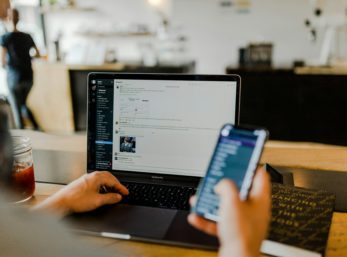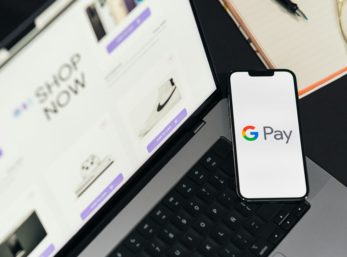
Image Recognition for Retail Industry
July 9, 2025

How to Build a Fintech Application in 2025
July 3, 2025

10 Best SaaS Development Companies
June 16, 2025

Top AI Consulting Companies in 2025
June 9, 2025

Nearshore Development Team: Benefits, Roles
June 2, 2025

Digital Marketing Ecosystem
May 29, 2025

How to Use PPC Intelligence
May 26, 2025

AI Readiness Assessment for Businesses
May 19, 2025

What Is AI Consulting?
May 15, 2025





